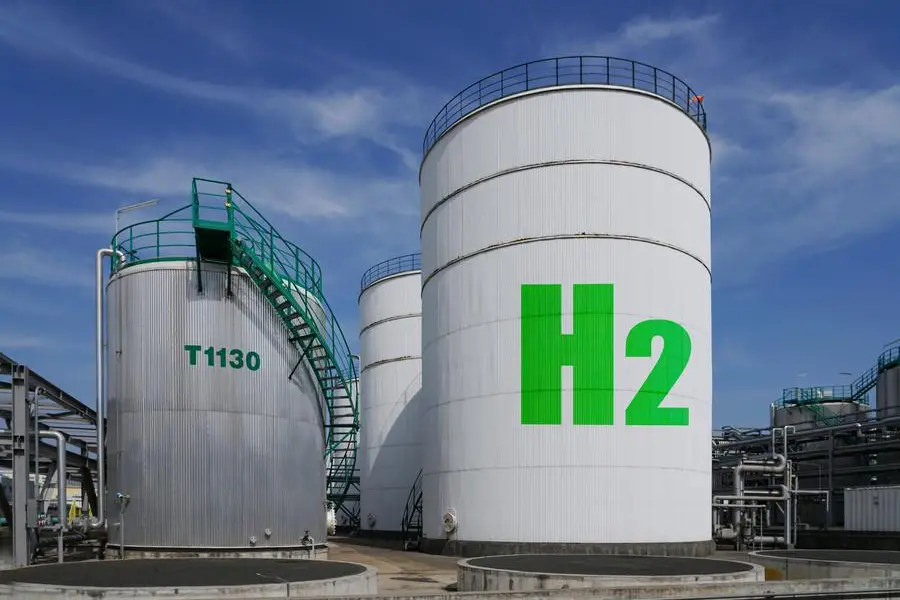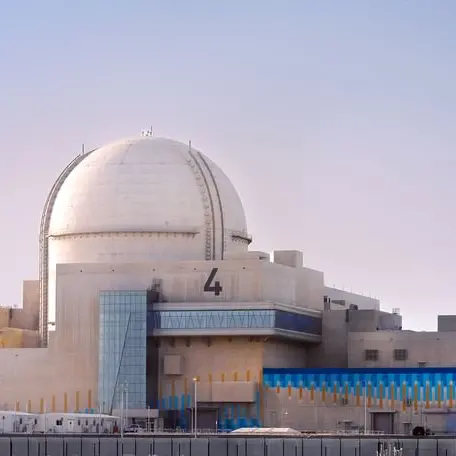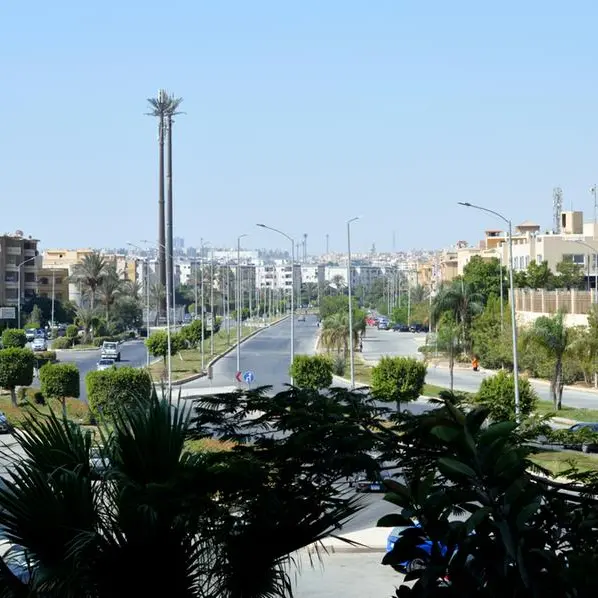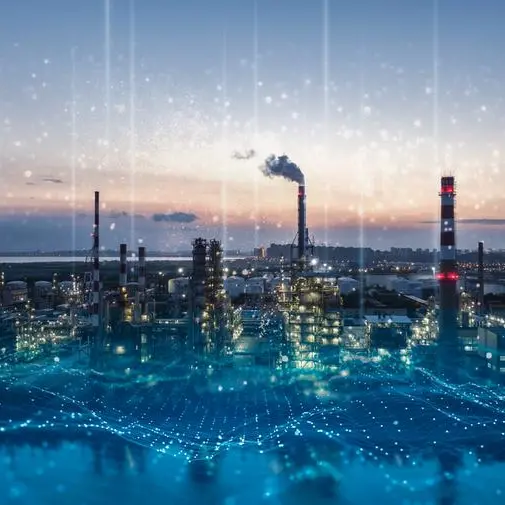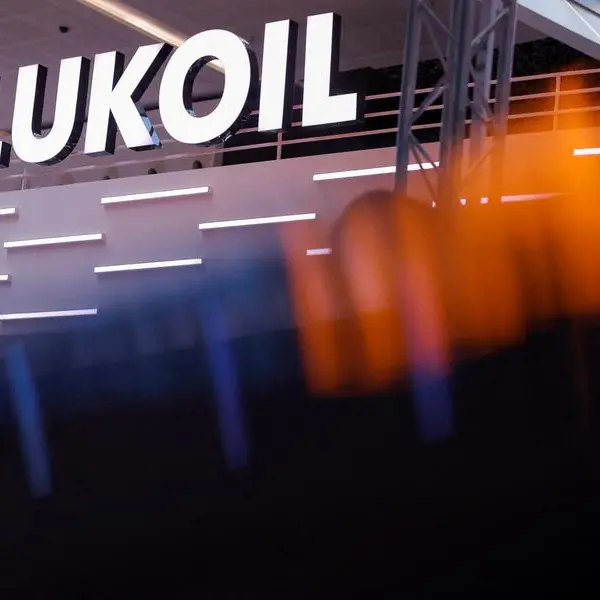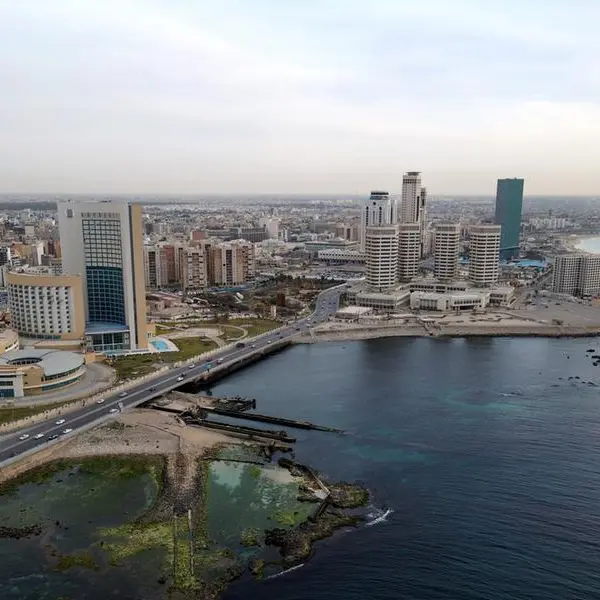PHOTO
Green hydrogen production costs must tumble in order for the eco-friendly gas to compete against conventional hydrogen, while transporting the ultra-light fuel in large volumes remains an unsolved engineering problem.
Gulf governments are investing heavily in developing green hydrogen plants, which are powered by wind- and solar-made electricity and use electrolysers to split water into oxygen and hydrogen.
Burning hydrogen produces only water, so is a carbon-free energy source, but the conventional method of making hydrogen from natural gas or coal emits vast amounts of carbon dioxide (CO2) – globally, the industry produces more CO2 annually than Britain and Indonesia combined, according to the International Energy Agency.
Green hydrogen, which provides just 2% of global hydrogen output, costs €2.50 to 5.50 per kilogram, the European Commission estimates. Fossil fuel-based, or grey, hydrogen costs as little as $0.90/kg, according to The King Abdullah Petroleum Studies and Research Center (KAPSARC), which forecasts Saudi Arabia’s under-construction $5 billion green hydrogen plant could produce the gas at $2.16 per kilogram initially.
This could fall to $1.50/kg by 2030 as electrolyser and renewable energy costs decline, KAPSARC predicts.
“Those are aggressive targets – simplistically, if you can get down to $2/kg you’re starting to become competitive versus natural gas in some markets – especially those with a cost on CO2 emissions,” said Murray Douglas, Head of Hydrogen Research at Wood Mackenzie.
Blue hydrogen, which is made via conventional methods but captures and stores the resulting carbon dioxide, is a lower-cost alternative that could enable Gulf producers to expand production capacity rapidly.
“Blue projects depend on available gas resources and gas costs,” said Douglas.
Both green and blue hydrogen require further technological improvements to compete against grey hydrogen.
“The question is how much further can those (improvements) be taken?” said Douglas. “A lot of intellectual property is being developed, although the companies involved are quite guarded. If electrolyser efficiency continues to improve and capex requirements fall further, your project economics comes down to securing very low-cost electricity at a high load factor and high utilization. If you can do that you can become very competitive but doing so is a major challenge for the industry.”
The Gulf appears to meet those requirements. The region’s solar power plants have set numerous world record low prices, with the cost of producing solar, wind and green hydrogen in the Gulf is about one-third of the global average according to Strategy&. Solar panels in the Gulf also receive double the solar energy of those in Northern Europe, for example.
Yet other problems persist. Other problems persist. As the lightest of all elements, hydrogen must be pressurised into a liquid or compressed gas in order to transport large volumes, which is an expensive process. Such difficulties are why most green hydrogen projects – including Saudi’s mega-plant and a smaller-scale scheme in Abu Dhabi - plan to convert the gas into ammonia, which is cheaper and easier to transport.
“The industry's very comfortable that hydrogen can become competitive at the point of production, even versus fossil fuels alternatives, but the challenge is whether it can be competitive at the point of consumption,” said Douglas.
“That's where the question marks over transportation, storage and distribution come into the equation. The advantage of ammonia is that there’s a tradeable market. We already know how to do it, what it costs, but because it’s a mature industry, ammonia transportation costs are unlikely to fall significantly.
“If they solved the engineering around how to do liquified hydrogen, then transportation costs would tumble, but there are enormous challenges to succeed – far bigger than what it was for liquefied natural gas (LNG), for example.”
Europe will likely be a major buyer of Gulf-made green hydrogen. In May, the European Union set a target for the bloc to produce 10 million tonnes of green hydrogen annually and also import the same amount by 2030. Hydrogen manufactured in North Africa could be transported via pipelines to Europe. Converting existing gas pipelines is possible from an engineering viewpoint, but financially its viability depends on various factors in each destination market. In many European countries, policymakers may prefer to substitute electricity for natural gas to provide heating.
(Reporting by Matt Smith; editing by Seban Scaria)
